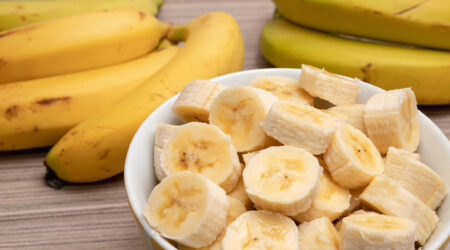
10 household products that are harmful to lung health
A healthy home environment involves recognizing and minimizing potential health hazards. This includes being aware of certain household items that can trigger respiratory problems. You may not be able to completely stop using some of these products, such as cleaning supplies, paints, etc. However, you can take a few precautions while using them to minimize the health risk to your lungs. Here’s a comprehensive list of household products that are harmful to lung health. Aerosol sprays Many household products come in the form of aerosol sprays. Certain makeup products at home, such as hair sprays, also are packaged in aerosol sprays. While this type of packaging makes it easier to use these products, they are harmful in the long run. These sprays usually have volatile organic compounds (VOCs) as key ingredients. These compounds release harmful chemicals into the air in your home. When there is prolonged exposure to these sprays, there can be occurrences of lung disorders and respiratory health problems. Fabric softeners and dryer sheets Fabric softeners and dryer sheets make it convenient to do laundry. However, it is important to be wary of certain brands of these products. Make sure to read the label and avoid anything that contains chemicals that release VOCs. When released into the air, these compounds can lead to short-term respiratory issues, allergies, asthma, and lung irritation. A better alternative to these household products is to use wool dryer balls and natural fabric softeners such as baking soda or vinegar. Natural organic fabric softeners are also a healthier choice. Cleaning products To maintain the cleanliness and hygiene of a home, cleaning products are the most essential items. However, most of these products, particularly floor cleaners, toilet cleaners, and window cleaners, contain chemicals. These include ammonia, chlorine, and bleach. These chemicals release toxic fumes. Prolonged exposure to these can cause respiratory issues and lung disorders.
Read More 









